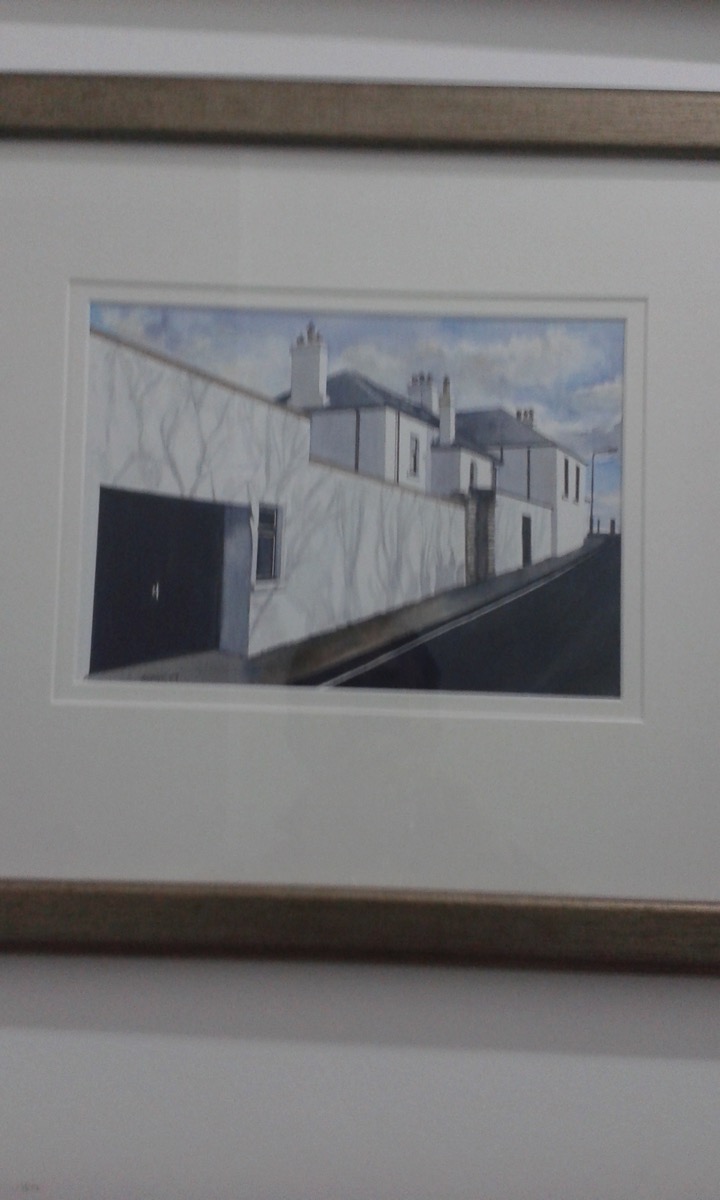The Vansittart Residence
On the morning of ____day, xx ____ary, xx17, Mr Vansittart died unexpectedly in a motor vehicle accident.
The following day …
The Vansittart Residence was inspired by the mid-century modern aesthetic of Richard Neutra and the case study houses. That is to say it was extremely rectilinear, with long corridors and floor to ceiling rectangles of clear glass. It called to mind the Farnsworth House by Mies van der Rohe.
The furniture was an impeccable mix of expensive reproductions of the design classics by Eames and Le Corbusier.
Built on a narrow plot which had once been a market garden it was elongated in the extreme. An interior courtyard had been provided, with swaying bamboo and rounded pebbles that had once lain on a beach somewhere. Now they occasionally caught the sun as it winked over the low surrounding wall formed of gabions.
The heating automatically increased the temperature to eighteen degrees at 06:00. The bath automatically filled itself and then half an hour later automatically drained itself. The coffee was automatically percolated and bread was automatically toasted. The unconsumed coffee and toast were automatically cleared half an hour later. The automatic house busied itself with its business, utterly undeterred by the absence of any resident.
The affairs of the Vansittart Residence continued. The bank account automatically made the necessary payments for utilities, and a programme of routine maintenance. The delivery service continued to leave their deliveries in the designated area, as the residence continued to restock its stock of fresh, chilled, frozen and miscellaneous products fastidiously removing the out of date items.
In point of fact the Vansittart Residence flourished, the share portfolio was doing well, algorithms applied a gentle nudge to the mix to ensure that it retained the best balance of risk to reward. Dividend income was easily sufficient to meet the modest needs of the Vansittart Residence and the underlying capital amount grew comfortably.
Countless times the sun rose and the sun set. In the winter there might be snow, and the utilities bills rose a commensurate amount to reflect the increased usage. Physical mail might be delivered and after the house systems had automatically stacked them neatly in the living room, they were cleared away a designated number of days later.
The whole Vansittart Residence was exactly as Mr Vansittart had left it. It looked the same, it smelt the same. There were still lilies in the vase just as Mr Vansittart liked them. After two days they were replaced with fresh lilies, the slightly withered old lilies were just automatically cleared away.
A magpie settled in the courtyard. It turned a stone or two, and then strutted, chest out, towards the surrounding glass. Perhaps a reflection had caught its eye. It jabbed a beak at the glass and then flew on somewhere else. The light caught the magpies blue flanks as it departed upwards from the strangely empty Vansittart Residence. It rose higher and higher. The Vansittart Residence was surrounded by other houses, an small enclave of expensive executive residences in a variety of styles.
An automated vehicle was making a delivery to another house.
The magpie flew higher. It was possible to see the near empty motorway, only a handful of delivery vehicles could be seen. They all drove at exactly the same speed in exactly the same routes. Occasionally a deer would stray onto the motorway and the automated delivery vehicle would automatically brake leaving a slight darkening where tyres had reluctantly contributed to an avoided impact.
It was a few miles away that Mr Vansittart had died. The automated road cleaning process had efficiently cleared away the broken glass from his shattered headlights, but the crumpled vehicle remained in the road. His desiccated body lay safely restrained by the seat belt, the long deflated air bag hung limp on the steering wheel as if a plastic jelly fish had shed a skin.
The automated delivery vehicles patiently negotiated the broken car as they came to deliver fresh lilies to the Vansittart Residence every second day.























